Picture this: you get up to grab a glass of water, and suddenly you have a furry shadow following your every step. You head to the bathroom, and there’s a set of paws waiting outside the door. Sound familiar? If you’re nodding along, you might just be living with what dog lovers affectionately call a “Velcro dog.”
Some refer to clingy dogs as “Velcro dogs” (named after VELCRO®) because it’s as if your dog is attached to you. This endearing term perfectly captures those pups who seem magnetically drawn to their humans, creating an invisible bond that keeps them constantly by your side. While this behavior can feel overwhelming at times, understanding why your dog craves such closeness is the first step to building a healthier, more balanced relationship together.
What Makes a Dog “Velcro”?
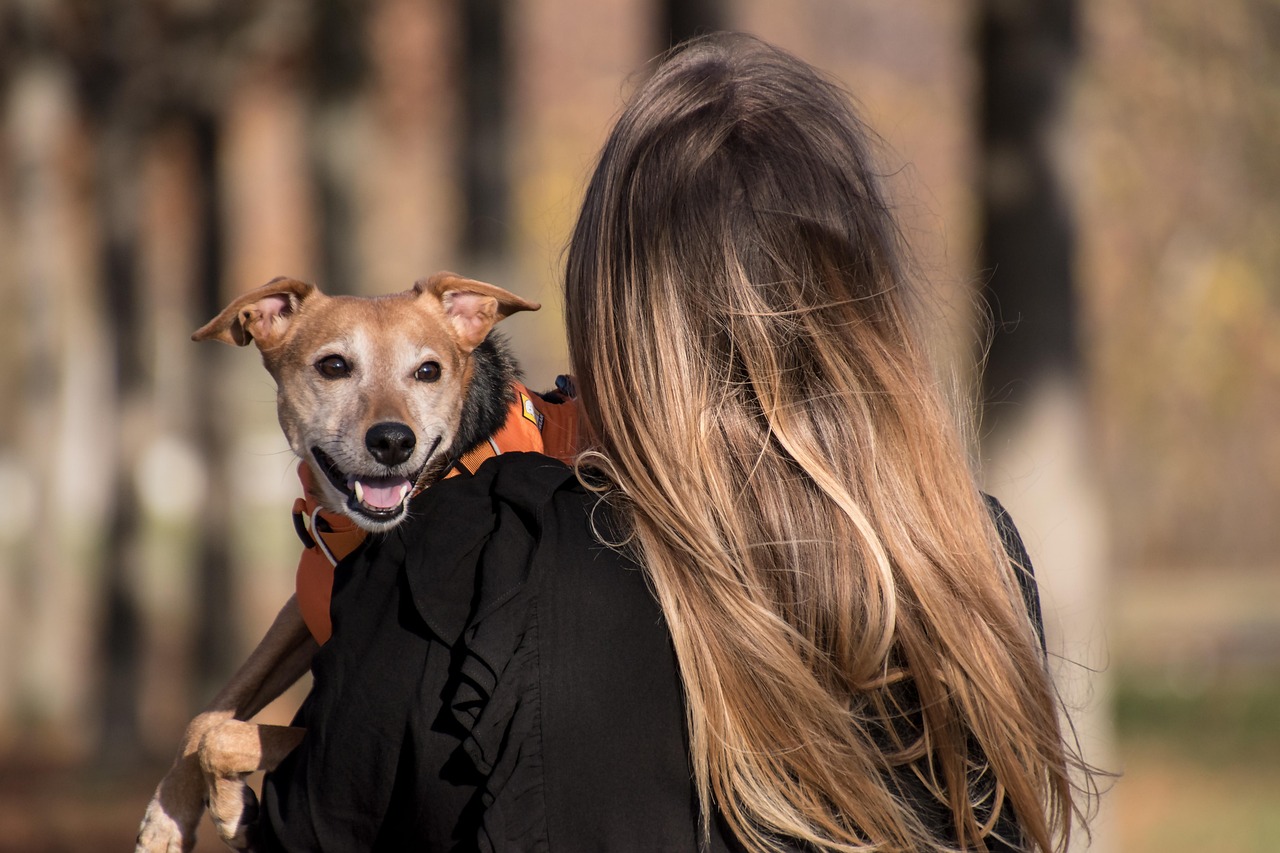
A Velcro dog isn’t just a pet who enjoys your company. These are the pups that thrive on human interaction and follow their owners around like little shadows that seem to be attached by Velcro to the hip. They’re the ones who position themselves so they can always see you, even if it means lying awkwardly halfway between the kitchen and living room.
The telltale signs are unmistakable. Your dog follows you from room to room, stands up every time you do, and seems to have an internal radar for your movements. Basically, a Velcro dog wants to be by your side every second that you’re around. They might nudge your hand for attention, rest their head on your lap while you work, or simply lie close enough that they’re touching some part of your body.
Unlike independent dogs that can do their own thing for prolonged periods, a Velcro dog needs lots of quality time with you on an emotional level. This isn’t just about physical presence but about feeling emotionally connected and secure through constant proximity to their favorite human.
The intensity can vary from dog to dog. Some Velcro pups are content just being in the same room, while others need to maintain physical contact or visual connection at all times. Think of it as existing on a spectrum of attachment, with your typical friendly dog on one end and the ultimate Velcro companion on the other.
The Science Behind Your Shadow
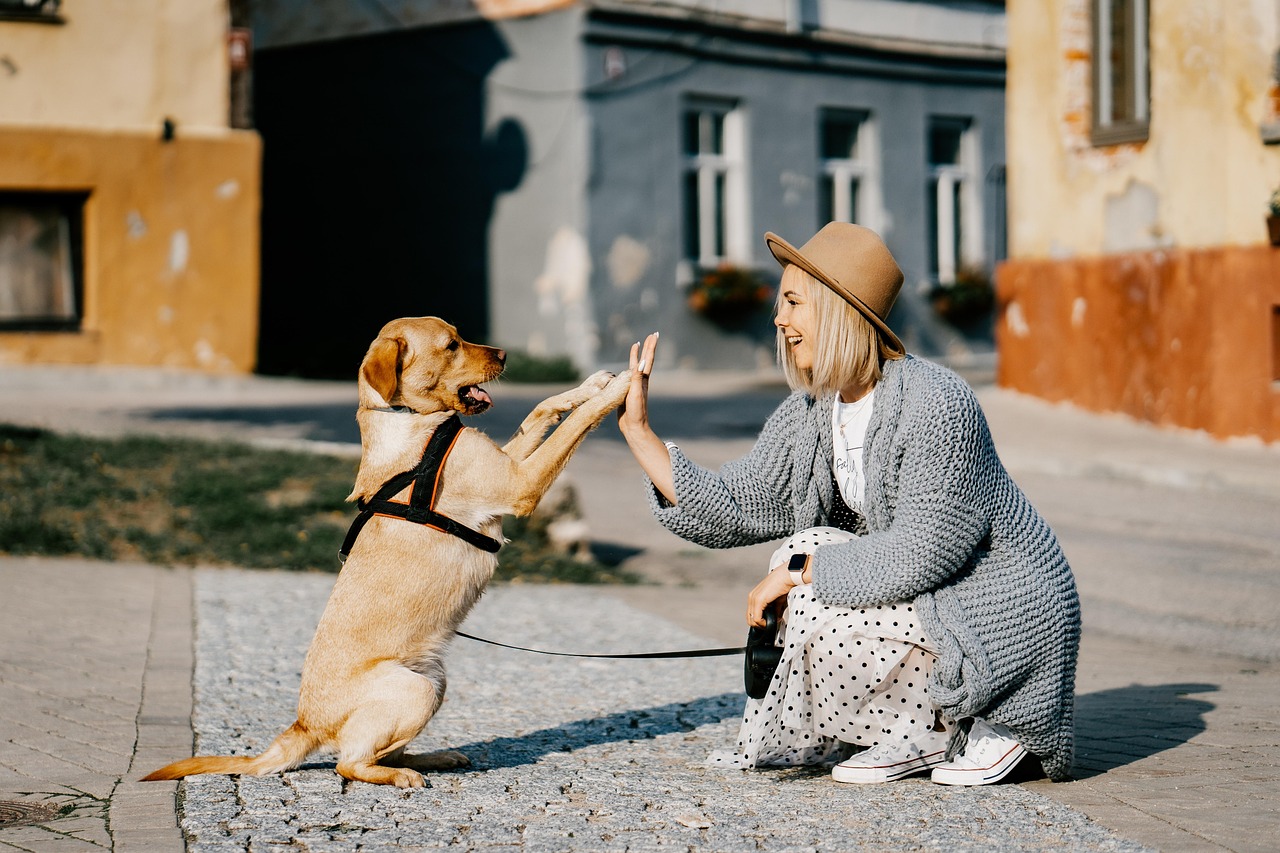
“Dogs are pack animals, and we are their pack,” says Sally Morgan, author and holistic physical therapist for pets and people. This fundamental truth explains much of the Velcro behavior we see in our beloved companions. Their evolutionary history has wired them to seek safety and comfort within their pack structure, and in modern life, that pack is you and your family.
“Young puppies during their critical socialization period of 3-14 weeks can often imprint on their owners and look to them as they would their mother,” says Dr. Rachel Barrack, a licensed veterinarian certified in veterinary acupuncture. This early bonding period can set the stage for lifelong attachment patterns, especially if a puppy experiences stress or uncertainty during this crucial developmental window.
“If every time you are with your dog, he gets affection or treats, he’s likely to follow you around more often,” Dr. Barrack says. Sometimes we unknowingly reinforce clingy behavior through our own actions. That gentle pat when your dog sits beside you, the treat you offer when they follow you to the kitchen, or even just the comfort of your voice can all signal to your dog that staying close equals good things happening.
Interestingly, dogs can also become clingy if they sense our stress or anxiety. They’re incredibly intuitive creatures who pick up on our emotional states, and some respond by staying closer to offer comfort or seek reassurance themselves. This creates a beautiful but sometimes complicated emotional feedback loop between human and dog.
Velcro vs. Separation Anxiety: Knowing the Difference
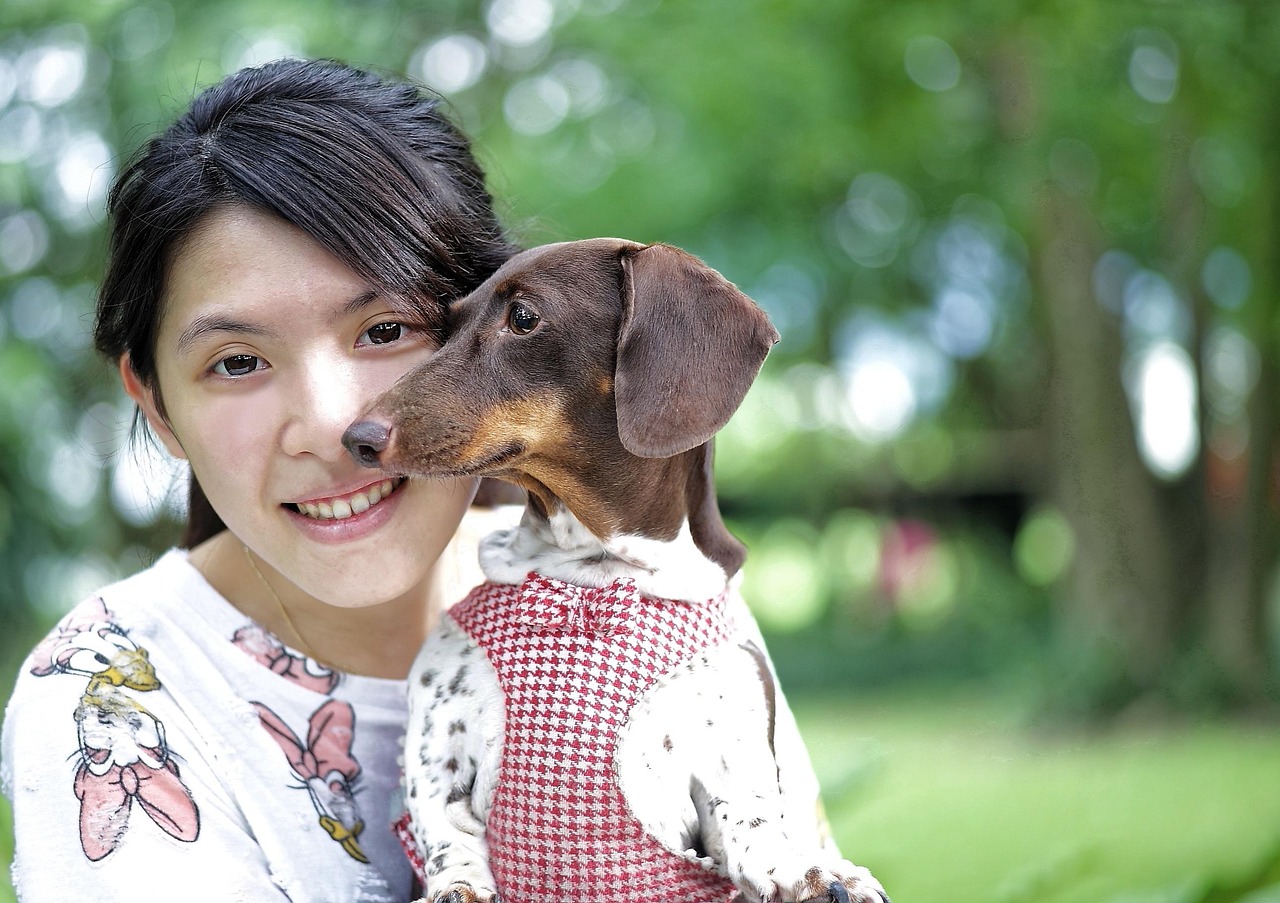
Here’s where things get important: not every clingy dog has separation anxiety, and not every anxious dog appears clingy when you’re home. Velcro dogs and separation anxiety are not necessarily linked. Understanding this distinction can save you from unnecessary worry and help you respond appropriately to your dog’s needs.
Clingy dogs want to be around you when you’re at home, but they don’t panic when you’re not there. A true Velcro dog might prefer your company above all else, but they can generally settle down and rest peacefully when left alone. They might wait by the door for your return, but they’re not destroying your furniture or having accidents due to distress.
Separation anxiety, on the other hand, is a different beast entirely. Separation anxiety causes dogs to engage in destructive, anxious behavior when left alone. Such behavior includes incessant whining, pacing, destructive chewing, and urinating or defecating in the home. These dogs experience genuine panic and distress when separated from their humans, which can manifest in dramatic and often destructive ways.
The key difference lies in what happens when you’re not around. A Velcro dog wants to be with you 24/7 when you’re around but typically manages well when you leave. On the other hand, if your dog is dealing with separation anxiety, they panic when you leave the house. If you’re unsure which category your dog falls into, consider setting up a camera to monitor their behavior when you’re away.
Breeds Born to Stick Close
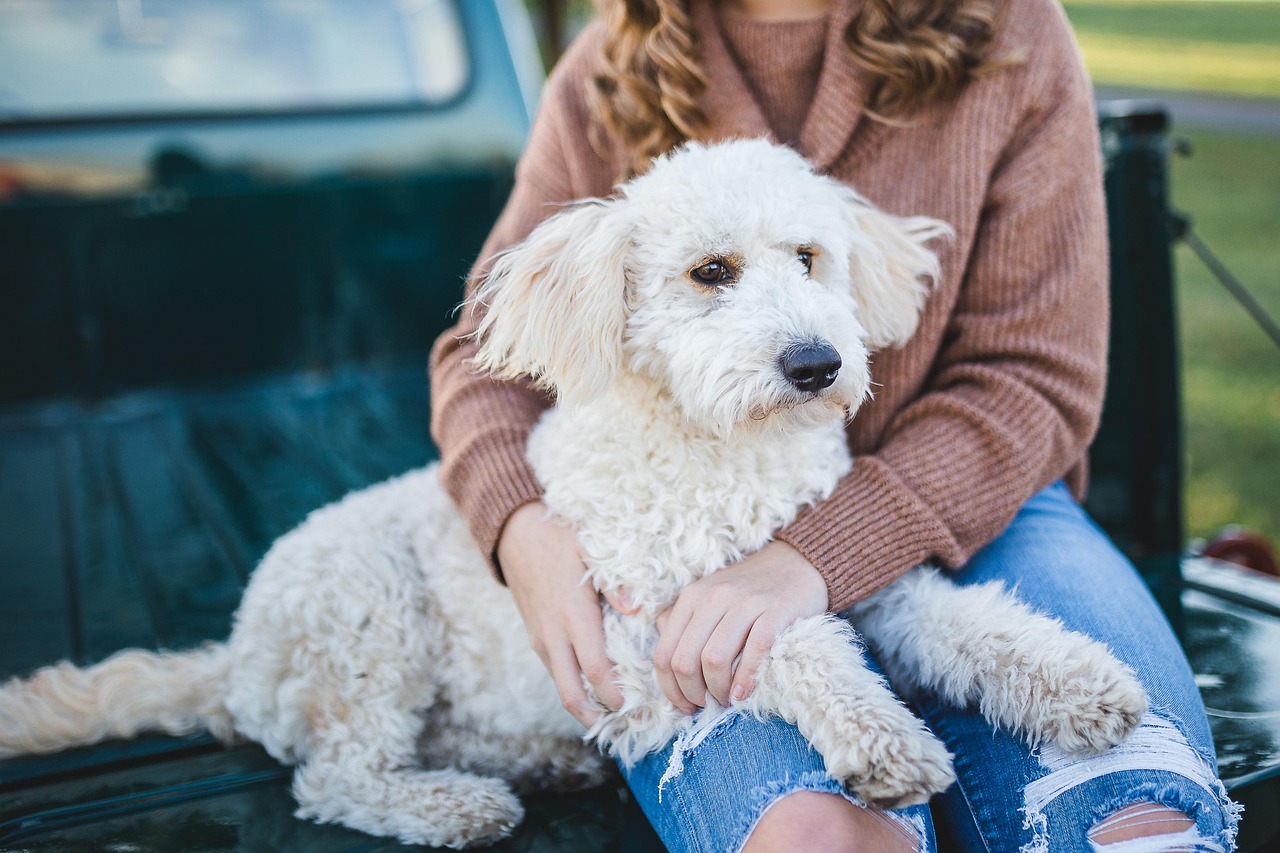
While any dog can develop Velcro tendencies, some breeds seem to have “clinginess” written in their DNA. Known as the ultimate Velcro dog, this Hungarian breed is literally attached to their owner, and is happiest when right by your side. Vizslas top many lists of clingy breeds, having been bred to work closely with their humans in hunting and falconry.
Many herding dog breeds are clingy because they were literally bred to work side-by-side with humans – it’s in their genes! Border Collies, Australian Shepherds, and German Shepherds all fall into this category. These intelligent working breeds form intense bonds with their handlers and often transfer that same level of devotion to their family members.
For example, lapdogs, like Shih Tzus, tend be needy dogs. Also, working dogs, who are trained to be dependent, can become clingy. The toy breeds were literally developed to be companions, so their desire for constant closeness is really just them doing what they were bred to do. Maltese, French Bulldogs, and Chihuahuas all earned their place in human hearts through their dedication to staying close.
Even some unexpected breeds make the Velcro list. Endlessly affectionate and famously friendly, the Labrador Retriever is the most popular breed in the United States for good reason. But many people don’t realize that this social butterfly can be on the needy side. “Labrador Retrievers are surprisingly clingy,” says Dr. This just goes to show that clinginess can pop up in breeds you might not expect, often stemming from their deep capacity for forming human bonds.
When Velcro Becomes a Problem

Although clingy dog behavior can be endearing, it can also be frustrating, especially when your dog just won’t leave you alone – even for a minute! There’s a fine line between heartwarming devotion and overwhelming neediness that makes daily life difficult for both you and your dog.
However, there are times when velcro behavior can go from cute to complicated. If your dog’s clinginess starts to affect your daily life, they seem extremely uncomfortable or stressed, or their behavior starts escalating into separation anxiety, it might be time to consult a certified dog trainer. Warning signs include whining when you leave a room, inability to relax even when you’re nearby, or signs of distress like panting and drooling when you’re out of sight.
This can make them a poor choice for people who work long hours or those who travel a lot for work. Ideally, people who own a Velcro dog have a flexible work schedule that allows them to spend a lot of time with their pets. Without enough quality bonding time, a Velcro dog can get anxious and develop destructive behaviors, like chewing or digging.
The stress isn’t just on the human side of the relationship. Dogs who become overly dependent can experience genuine distress when their normal routines change or when they can’t access their favorite person. This emotional burden isn’t fair to them, and addressing clingy behavior often improves their overall quality of life and confidence.
Building Independence While Maintaining Love
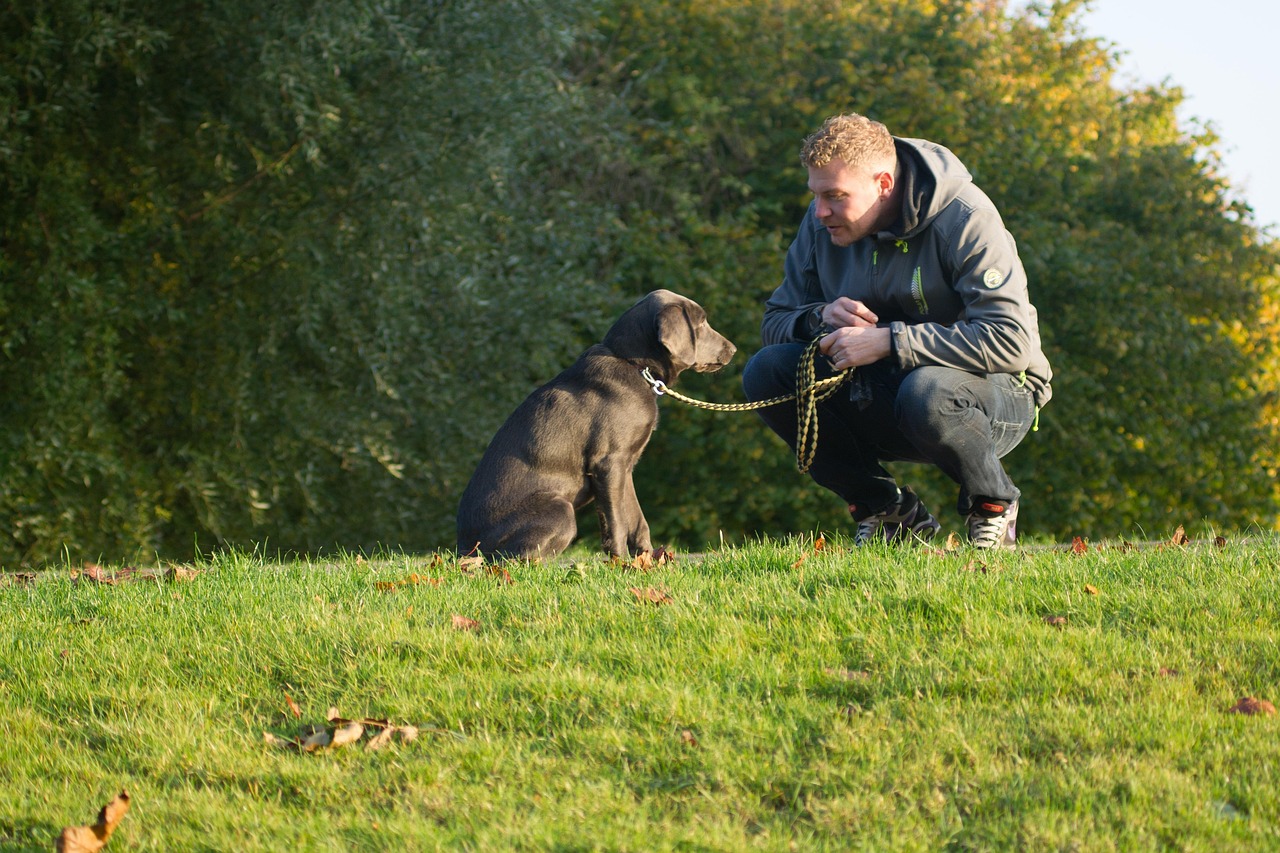
The good news is that you don’t have to choose between a loving relationship and healthy boundaries. If you fear you are the cause of your dog’s insecurity and over-dependency on you, there are steps you can take to help him to be more self-assured, without breaking the precious bond between the two of you. Increasing his confidence and independence is one of the nicest things you can do for him.
If your dog panics the moment you leave the room, gradual desensitization can help. Start by stepping away for just a few seconds and slowly build up to longer absences, rewarding calm behavior. The goal is to show your dog that your departures – and returns – aren’t a big deal. Over time, this practice helps them feel less anxious when you’re not in sight.
Increase exercise. A good bout of physical activity will tire your dog enough to where they have little interest in following you around. Mental stimulation works wonders too. Puzzle toys, training sessions, and interactive games can redirect that intense focus on you into engaging activities that build confidence and independence.
Establishing boundaries – like teaching your dog to stay in a specific spot while you cook or relax – helps both of you enjoy some separation without stress. You can use positive reinforcement with plenty of toys or treats to encourage your dog to settle in a designated area, like a comfy bed or crate. Remember, this isn’t about rejecting your dog’s love, but about teaching them they’re safe and secure even when you’re not right next to them.
Understanding your Velcro dog means recognizing that their need for closeness comes from a place of deep love and evolutionary wisdom. These devoted companions aren’t trying to be demanding or difficult. They’re simply expressing their profound attachment to the most important being in their world: you. While it’s important to foster independence and prevent problematic dependency, there’s also something beautiful about being chosen as someone’s favorite person in the entire universe.
What do you think about your dog’s clingy behavior? Tell us in the comments about your own Velcro pup’s sweetest (or most challenging) moments.

Andrew Alpin from India is the Brand Manager of Doggo digest. Andrew is an experienced content specialist and social media manager with a passion for writing. His forte includes health and wellness, Travel, Animals, and Nature. A nature nomad, Andrew is obsessed with mountains and loves high-altitude trekking. He has been on several Himalayan treks in India including the Everest Base Camp in Nepal.






